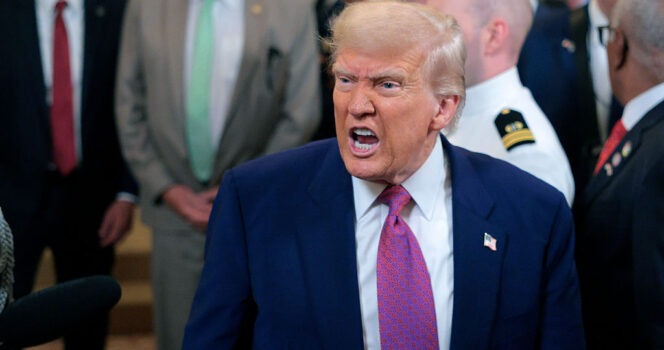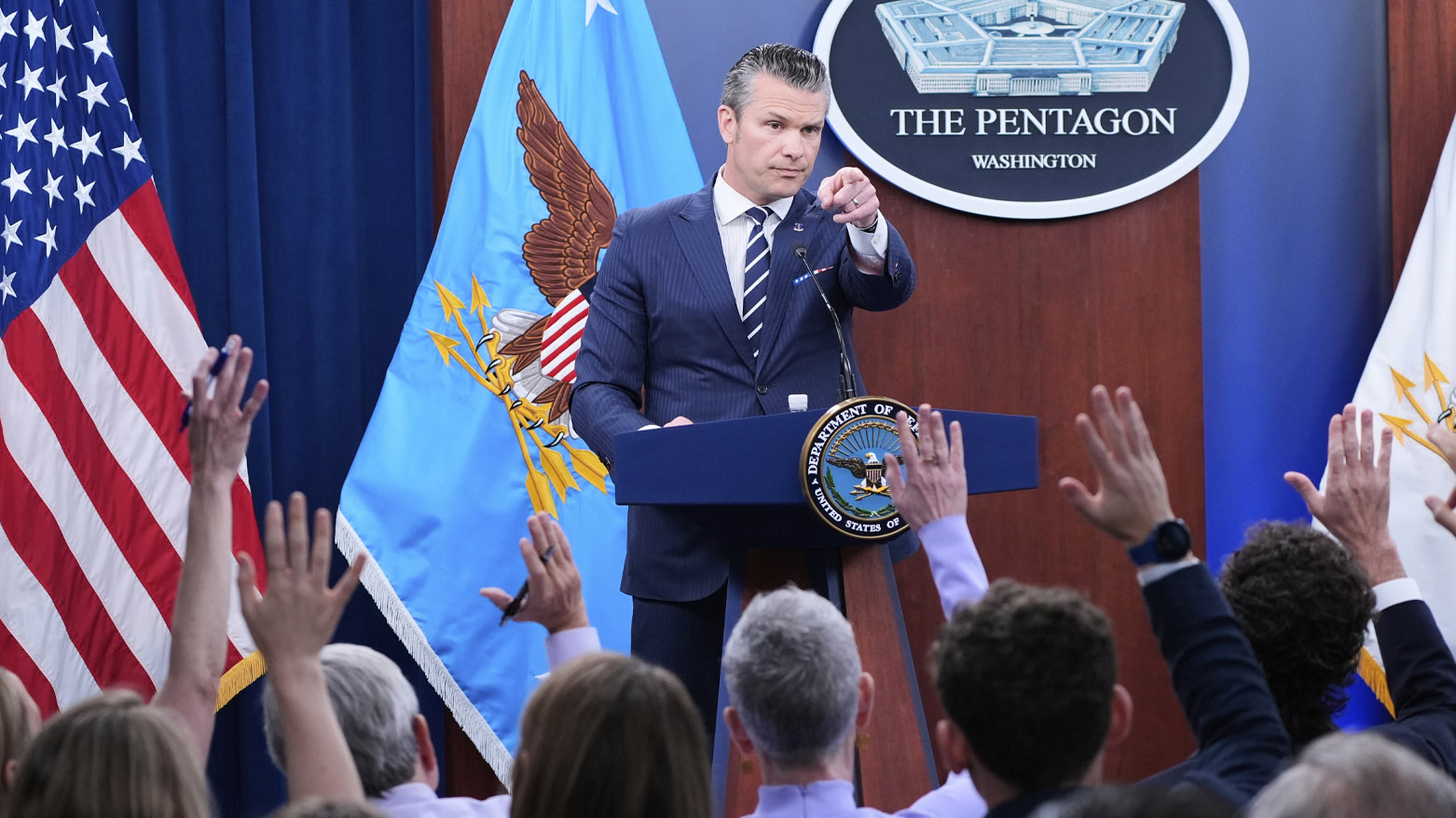In recent weeks, reports of U.S. airstrikes on suspected Iranian nuclear facilities have generated significant attention, debate, and scrutiny among policymakers, analysts, and the media. The operation, reportedly targeting facilities such as Fordow, Natanz, and Isfahan, is the latest episode in the complex and often contentious relationship between the United States and Iran over nuclear proliferation concerns.

Background on Iran’s Nuclear Program
Iran’s nuclear activities have been under international scrutiny for decades. The International Atomic Energy Agency (IAEA) has regularly monitored Iran’s nuclear facilities under the terms of the Treaty on the Non-Proliferation of Nuclear Weapons (NPT) and various diplomatic agreements, most notably the 2015 Joint Comprehensive Plan of Action (JCPOA) .
Under the JCPOA, Iran agreed to limit its uranium enrichment activities and submit to rigorous international inspections in exchange for sanctions relief. However, after the United States withdrew from the agreement in 2018, Iran progressively reduced its compliance, increasing its enriched uranium stockpile and installing advanced centrifuges .
IAEA reports as of early 2024 have confirmed that Iran’s enriched uranium stockpile exceeds JCPOA limits, with enrichment levels reaching up to 60%, far beyond the 3.67% cap under the deal, though still below the ~90% needed for weapons-grade uranium .
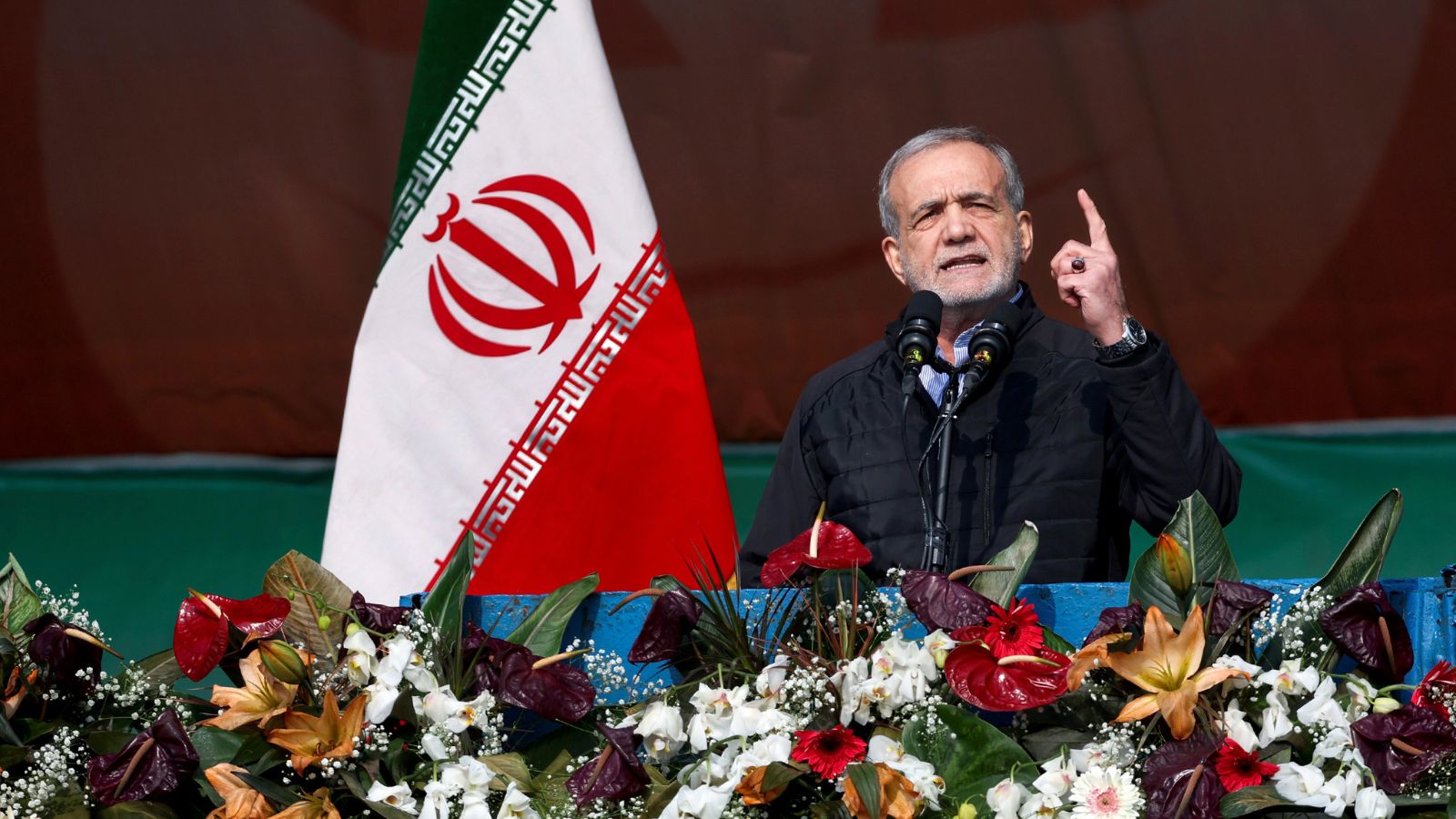
The Reported Airstrikes
In the reported incident, U.S. military forces are said to have carried out airstrikes on multiple suspected nuclear sites in Iran. While details about the operation remain classified, widely circulated news reports cited anonymous U.S. defense officials describing a large-scale strike involving advanced aircraft, including B-2 bombers.
For example, CNN and BBC coverage cited unnamed U.S. intelligence sources who suggested the strikes targeted facilities at Fordow, Natanz, and Isfahan—sites long associated with Iran’s nuclear fuel cycle .
What Are These Sites?
-
Fordow Fuel Enrichment Plant: An underground facility near Qom, designed to enrich uranium while being shielded from aerial attack .
-
Natanz Fuel Enrichment Plant: Iran’s primary enrichment site, where thousands of centrifuges have operated .
-
Isfahan Nuclear Technology Center: Known for uranium conversion and other fuel cycle work .
U.S. Government Response
Publicly, U.S. government spokespeople have largely avoided confirming operational details about the strikes, citing security reasons. However, the Department of Defense has previously emphasized that U.S. policy remains committed to preventing Iran from acquiring nuclear weapons and maintaining regional stability .
White House Press Secretary statements in response to critical reports about the strike’s effectiveness have described the mission as successful, pushing back against claims of limited impact. Officials have stressed that any such military operation would be carefully planned and executed with the objective of neutralizing threats to U.S. interests and allies .
Conflicting Assessments
While U.S. officials defended the operation’s necessity and execution, other experts have questioned its potential strategic value.
Dr. Jeffrey Lewis, director of the East Asia Nonproliferation Program at the Middlebury Institute of International Studies, explained in interviews that while symbolic sites might be hit, Iran’s nuclear program has been deliberately designed to be resilient, with dispersed and redundant facilities . The Fordow site, for instance, is heavily fortified underground, making complete destruction by airstrike extremely challenging.
According to CNN, U.S. intelligence assessments suggest that while damage occurred, Iran’s enriched uranium stockpile likely remains largely intact. This view implies that the strikes may have had only a limited impact on Iran’s overall nuclear capability .

Iran’s Reaction
Iranian authorities have condemned any military attacks on their territory as violations of international law and national sovereignty. Historically, Iran has denied pursuing nuclear weapons, insisting its nuclear program is for peaceful purposes, a claim repeatedly investigated by the IAEA.
While Iran has confirmed damage at certain facilities in past attacks (for example, acknowledged sabotage at Natanz in 2020), its government typically downplays the strategic effect of such incidents on its nuclear progress .
As of the time of writing, no formal Iranian government statement has confirmed the full extent of the recent reported damage, and independent verification is limited due to access restrictions and the secrecy surrounding such military operations.
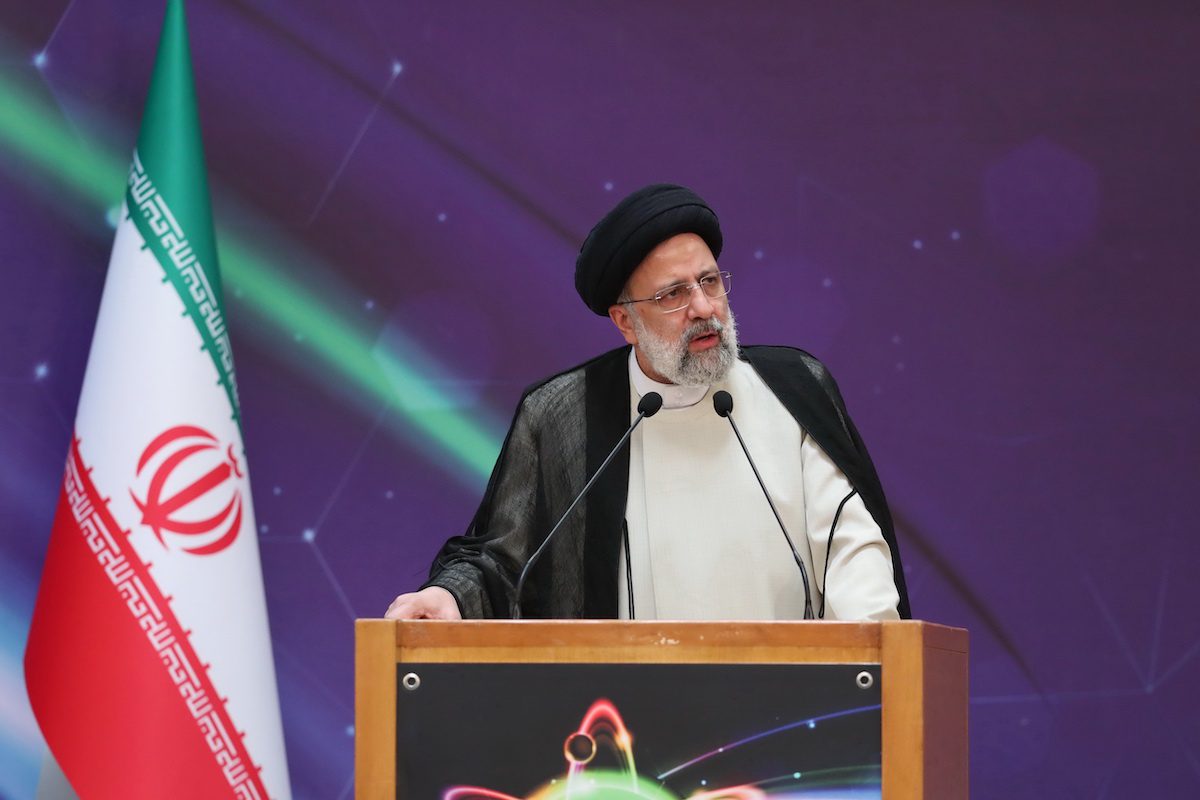
The Role of the IAEA
The IAEA remains the principal international body monitoring Iran’s nuclear activities. Following any military strike, the agency’s inspectors would normally seek access to affected sites to verify damage, assess safeguards continuity, and monitor enrichment levels.
However, political tensions often complicate access and cooperation. Past incidents have seen Iran limiting IAEA inspections in response to perceived external threats .
Implications for Regional Security
Military strikes on nuclear infrastructure carry significant risks of escalation. Analysts warn that such actions can incentivize further hardening of facilities, expansion of enrichment programs, or retaliatory attacks.
Diplomatic solutions, including arms control agreements and verification measures, are generally viewed by nonproliferation experts as more sustainable approaches to preventing nuclear weapons proliferation .
The State of U.S.–Iran Relations
Relations between the U.S. and Iran have been tense for decades, marked by periods of limited diplomatic engagement and numerous crises. The withdrawal of the United States from the JCPOA in 2018 under President Trump led to renewed sanctions and a series of confrontations in the Gulf region.
Subsequent efforts to restore the deal have so far failed, with both sides blaming the other for unreasonable demands and a lack of trust .
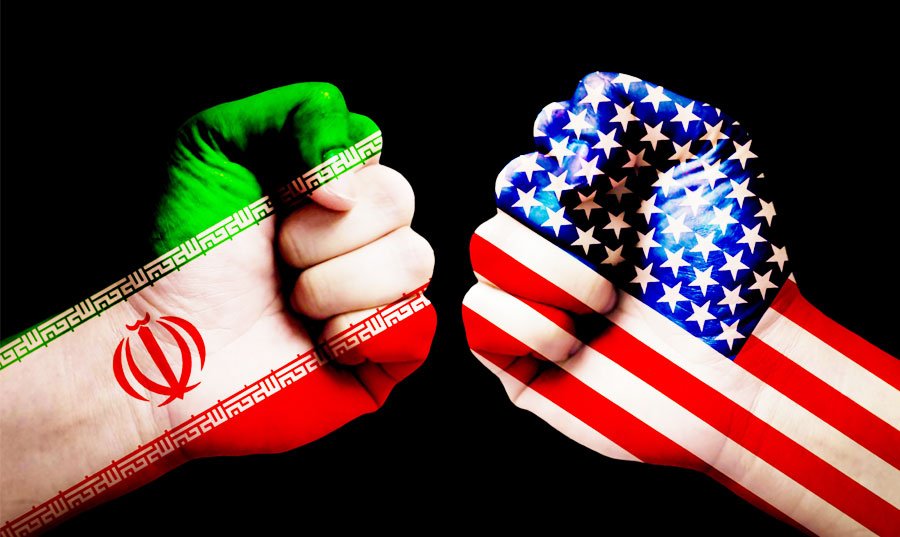
Conclusion
While military operations targeting suspected Iranian nuclear sites may aim to impede proliferation, experts widely agree they are not a substitute for negotiated, verifiable limits. The reported U.S. strikes have sparked debate about their effectiveness, legality, and consequences for regional stability.
Ongoing monitoring by the IAEA and transparent international diplomacy will remain essential tools for assessing Iran’s nuclear program and reducing the risk of further conflict.
References
-
IAEA. (2015). Joint Comprehensive Plan of Action. Link
-
Arms Control Association. (2024). Iran Nuclear Agreement Timeline. Link
-
IAEA Director General’s Report, May 2024. Link
-
CNN. (2025). US Airstrikes on Iran’s Nuclear Facilities: What We Know.
-
BBC News. (2025). Iran Nuclear Sites Targeted in Reported US Strikes.
-
ISIS/Institute for Science and International Security. (2020). Iran’s Fordow Facility
